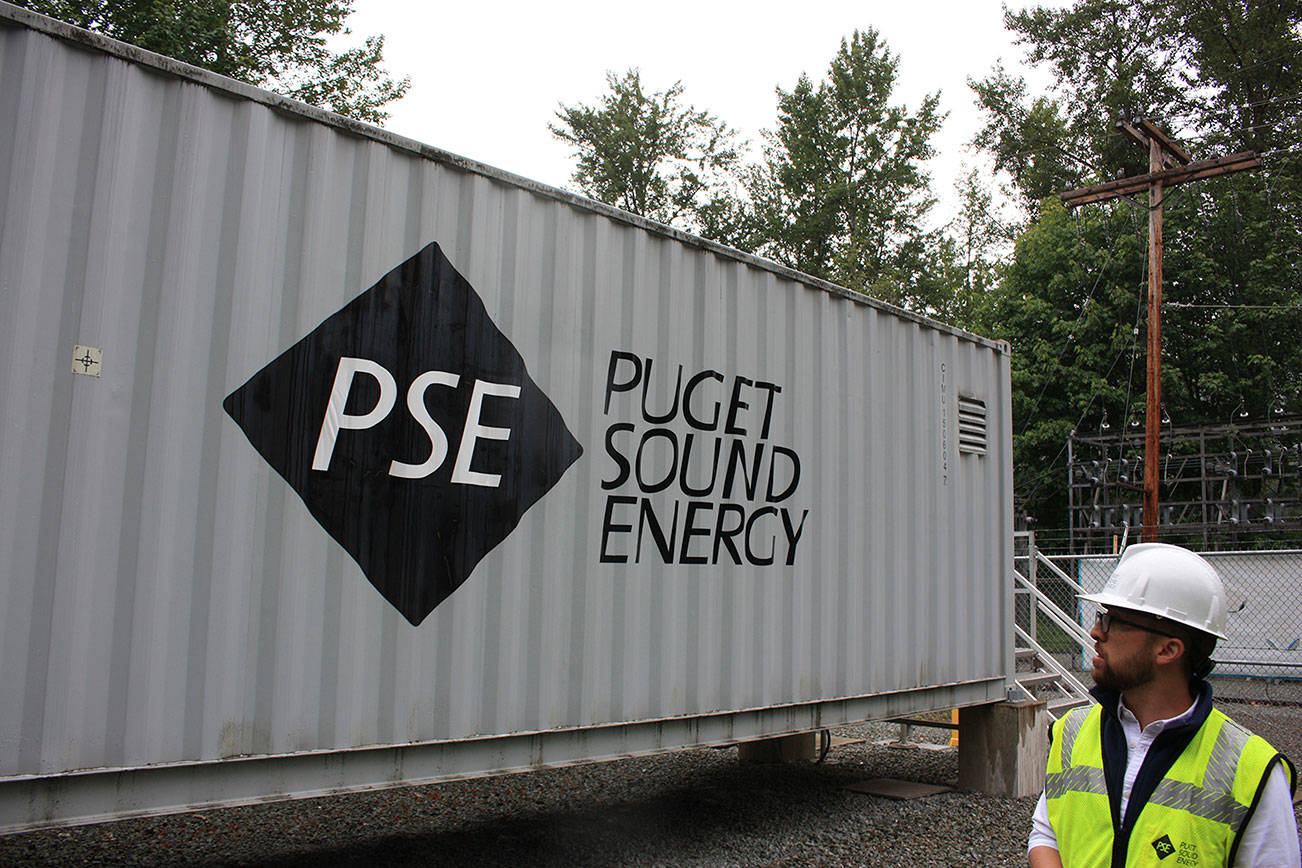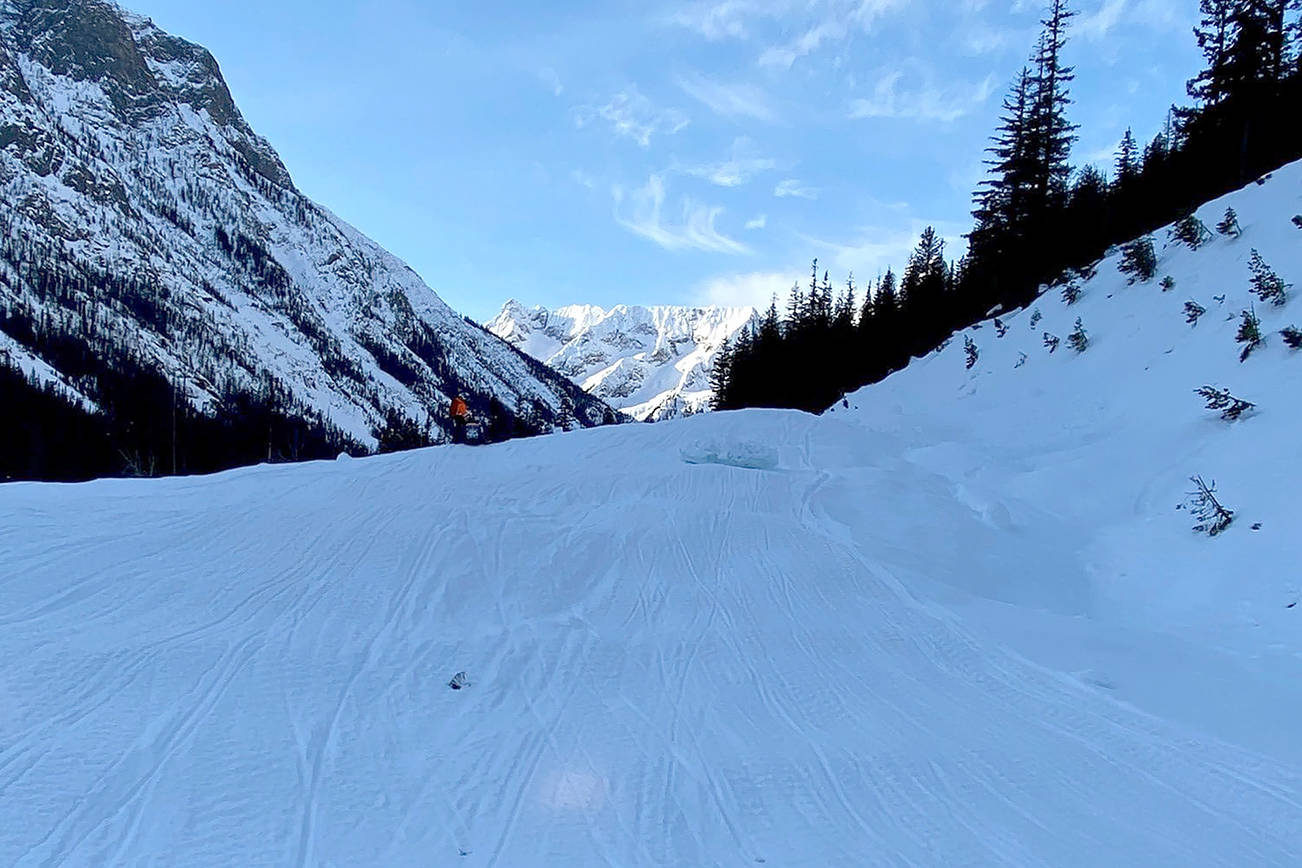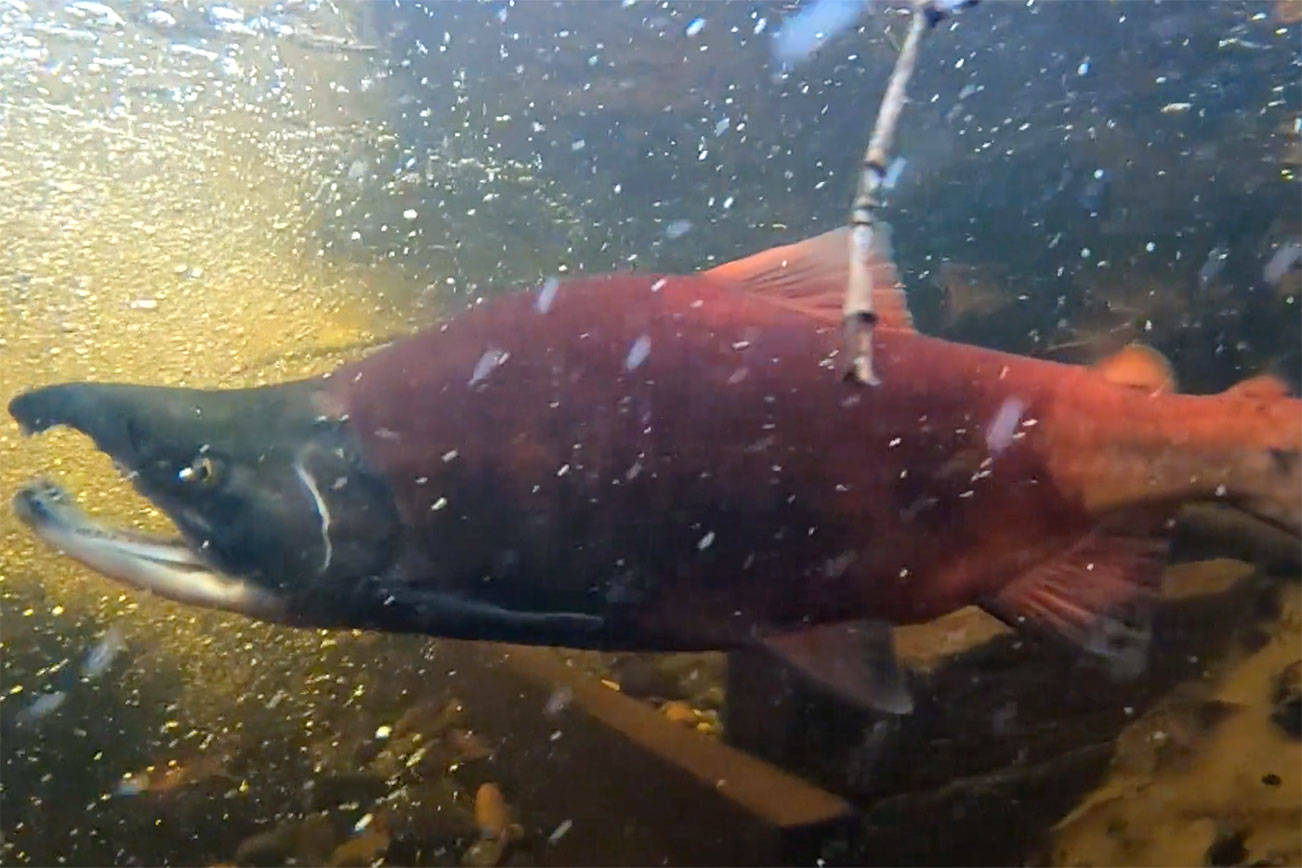Salmon and orcas are in the spotlight once again as King County unveils a new strategic plan to rework its approach to protecting water quality and improving habitat.
The plan was announced on April 1, and identifies six goals for the county’s 2019 Clean Water Healthy Habitat initiative. A press release from the county states it will help ensure that some $9 billion in investments over the coming decade to protect water quality, and habitat will adhere to the principles of equity and social justice, the latest science and will bring partners onto the same page.
The six goals include creating healthy forests and more green spaces; cleaner and more controlled stormwater runoff; less toxins and fecal bacteria; reconnected river floodplains; better habitat for fish; and resilient marine shorelines.
Salmon not only in King County, but across the Pacific Northwest, have been struggling in recent decades.
According to the most recent State of Salmon report, produced every two years by the Washington State Recreation and Conservation Office, all 69 populations of chinook and steelhead salmon, and bull trout, are listed as endangered. While progress has been made in some areas, like restoring Hood River summer chum — a restoration effort headed by several Tribes in Washington state — many other species remain in peril.
In King County’s Lake Sammamish, the embattled population of genetically-unique freshwater kokanee salmon are slowly recovering, thanks to the efforts of 20 stakeholder groups, including the county, federal agencies, the state and the Snoqualmie Tribe.
And chinook salmon, once abundant in Washington state waters, are a favorite food of Puget Sound’s resident orca whales. These killer whales prefer to eat large chinook salmon. Orcas along the West Coast eat more than 2.5 million adult chinook salmon each year, according to the University of Washington.
While the southern resident population of orcas in Washington waters are endangered, all other fish-eating orca populations along the coast are growing in number. But large chinook salmon that the whales love have mostly disappeared from the West Coast.
The county’s plan to enhance water quality and habitat will bring together partners under a unified approach to reach its goals. It is also wrapping up an inventory of fish barriers that are owned by King County, which will allow for restoration work to enhance habitat.
Projects to enhance water quality and habitat will be prioritized in communities of color where the need is greatest.
The county views stormwater pollution as one threat to clean water, if not the biggest threat. Runoff is full of motor oil, metals and pesticides, all of which can kill young salmon and fertilized eggs.
King County scientists are working with universities, Tribes, regulatory agencies and cities to develop a water quality toolkit to examine potential investments, and how they achieve the specific goals. These goals include edible fish, shellfish harvesting, beach swimming and more chinook salmon and fish for orcas. A toolkit will be produced for organizations throughout central Puget Sound for partners to use in their watersheds.








